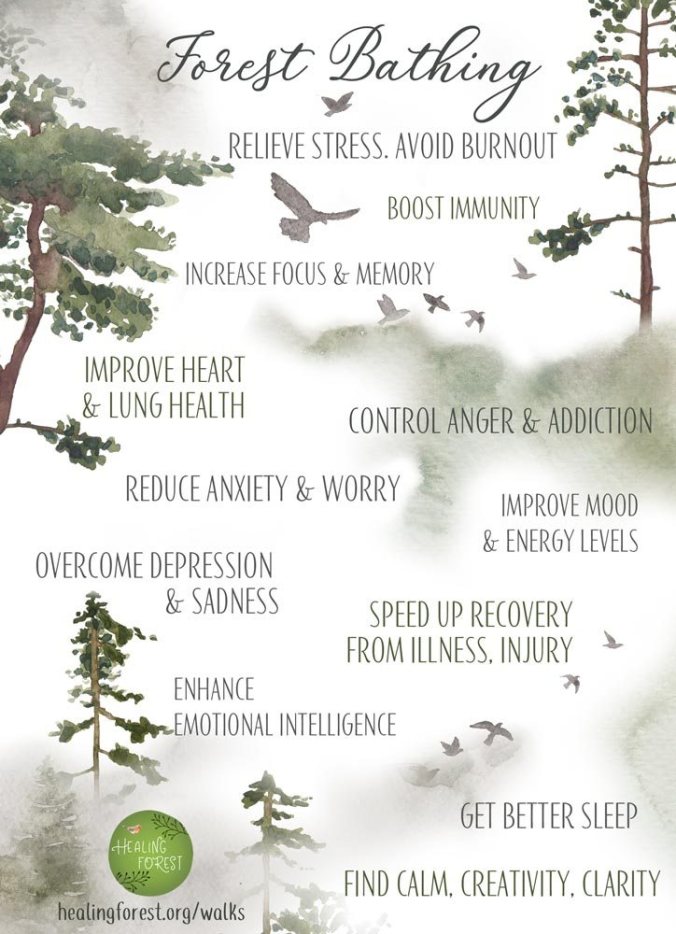It’s often said the two certainties in life are death and taxes. So, as we approach April 15, Tax Day, I wanted to reflect on death, finances and organization. That’s right, not my usual topic for this blog. As many of you know, my husband passed away this summer. He had suffered a brain bleed and multiple complications starting the summer prior. During this experience I learned (the hard way) how unprepared we were for life’s complications and the inevitable – death and taxes. In the subsequent months, I’ve also learned I’m not alone in this experience. Many of my colleagues were intrigued to hear my responses to their queries and quips. Upon speaking with one colleague, she said she was fine if she needed to speak with the insurance company because she had a health care proxy designating her. Another said it would be fine because she’s a spouse. No, sorry that’s not correct. Sometimes you can get someone to talk to you if you sob and beg, but most of the time not. I needed to fill out a specific health care form (yearly) to have conversations about my husband’s bills (even though I hold the insurance).
I’ve been asked by numerous colleagues and friends to write or present about this topic. I’m flatter, but I am not an expert, nor qualified to impart estate planning advice, so please don’t use this information below as such. This post is not intended as a guide of what to do, but rather a guide to start asking questions. It’s not intended to ‘scare’ you, its goal is to make you think (and potentially act when necessary). I figure if I can make a difference in your life, then that’s all the difference in the world. Because my colleagues and readers, you are the world to me.
The Will
“I was planning on doing that this summer…”
Be that as it may, life may have other plans for you. Get thee to an attorney as soon as possible. In New York, a spouse inherits without a will but there could be glitches so better safe than sorry. Other states may have other rules – so again, consult an attorney. The Will is what most of us focus on as ‘the’ necessary legal document. However, you’ll discover there are several other considerations as we continue with this list.
Power of Attorney (POA)
The often overlooked POA is critical when trying to get anything done on behalf of your spouse or loved one. No, the phone company, credit card nor bank does not have to talk to you if you’re not on the account. I didn’t realize how many bills and services were in my husband’s name. I had one person at Verzion help me suspend my husband’s phone line as he wasn’t able to use it and it was one more bill to pay. Other than that, I couldn’t get anything done. Over the course of the year I had to handle my husband’s medical practice, banking, transfer car titles and more. POA gives the receiver as much or as limited ‘power’ as you decide. This should be discussed with an attorney (and possibly a marriage counselor!). POA helps out in times when a person cannot handle their own affairs, as in the case of disability or unconsciousness.
Who’s your Beneficiary?
You know those life insurance forms you filled out over a decade ago when you were first hired? Who did you name as beneficiary? Don’t know? Think you know? Well, you should double check. It might be your ex! Start with your employer and/or union provided life insurance plans, then your own purchased plans and update your forms at your financial institution accounts (I.e. Morgan Stanley, e-Trade, etc.). These funds go directly to the named beneficiary, no will necessary.
He/She died. Now what?
Aside from curling up in a fetal position and crying, you’ll have plenty of things to do.
Get a list of what to do when a spouse dies. There are many checklists online – I used a combination of two different ones. You will need all your legal documents, accounts and documents organized. Ask family members or friends to help. It’s too overwhelming to accomplish solo. Prioritize the list and tackle a little bit at a time.
Practice self-care. You want to focus on your family and tackle items on the never-ending checklist but remember take care of yourself the best you can even though it is probably the hardest task you’ll face. Btw – it’s okay to flip out. Really. A week after my husband death I boarded a plane for Hawaii. I couldn’t stand being in our house, so I decided to visit my newest (one month old) niece on Oahu 12 hours away. Babies have a way of breathing new life in us.
Oh, and by the way, you know all that stuff I mentioned above? The Will, the POA, your beneficiaries. Rinse and repeat. You’ll have to re-do all of them.
PS – making a list of every account username and password cannot be stressed enough. Do it now!
Like this:
Like Loading...
















































 Journaling – Write down thoughts, dreams, and questions in a daily journal you create for yourself. Using Modge-Podge craft glue and images cut from upcycled magazines, cover a marble or spiral notebook for a creative personalized journal. Journaling can help you manage anxiety, reduce stress and cope with depression,
Journaling – Write down thoughts, dreams, and questions in a daily journal you create for yourself. Using Modge-Podge craft glue and images cut from upcycled magazines, cover a marble or spiral notebook for a creative personalized journal. Journaling can help you manage anxiety, reduce stress and cope with depression, 






